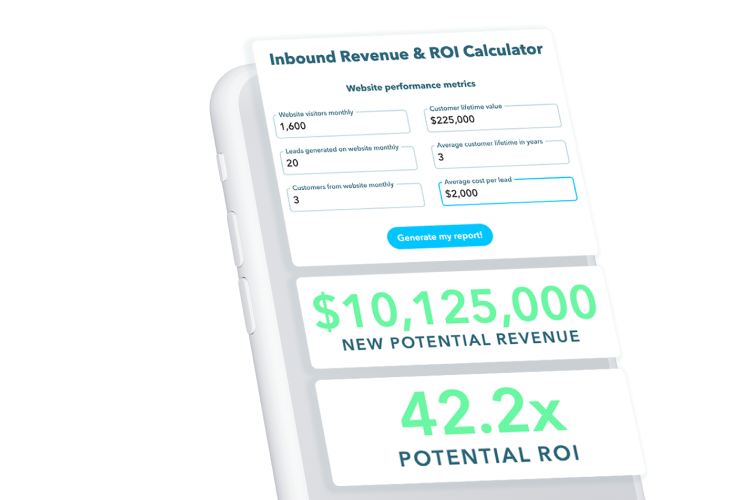 1,177 views
1,177 views 3762 Views
3762 Views  4 min read
4 min readThinking about launching your EdTech blog? Great! Having a blog is one of the best ways to bring in web traffic and generate qualified leads. We have just one question for you: What’s your content strategy? It seems like an obvious question, but without a proper plan, how can you be sure that you’re writing content that matches your client’s needs and interests? Never fear. We’ve got 5 checkpoints that will put you on the path to devising the best content strategy.
No one writes for themselves unless they’re keeping a journal or a diary. You have to know your consumers and what they’re looking for. This is why detailing buyer personas and the buyer journey particular to each persona is critical. During each stage (awareness, consideration, decision), the inquiries made by each persona can fuel future blog posts and an assortment of other materials. Not to mention, it will teach you how well you’ve been hitting the mark with your previous content. Need some help getting started on sketching your buyer personas? Our free Inbound Marketing Worksheet is here whenever you’re ready. Download here!
Administrators don’t want complicated; they want a straightforward solution. Keep your articles simple so that even the uninformed can easily digest the material. You can include some technical terms (it’s usually unavoidable), but be sure to provide some visual aids and plenty of relatable examples.
No one really enjoys taking tests, but everyone likes winning. Fun quizzes and polls are a good way to get your visitors more involved. They also perform the duty of testing your readers’ understanding of your content. If you notice that the same concepts are repeatedly causing issues, it’s likely that you’ll need to tweak some of your older posts. Either that, or you’ll have to create new articles to further elaborate on those tricky topics. Make sure to get your readers to comment. Targeted, opinion-based questions facilitate discussions that can provide useful feedback.
People forget most of what they hear and read. Even if you fail to remember every word of this article, there’s a pretty good chance that our visuals will leave a lasting impression. Research shows that people recall an astonishing 80% of what they see and do. So, if you don’t want to be forgotten, use pictures and plenty of them. Some users will click on an article solely because of an attractive image. Visuals also help to illustrate concepts that are difficult to express through words alone. It’s always beneficial when users can put a face to tools and software that they haven’t seen in action.
Strategy is just a fancy word for a plan, and every plan needs a schedule. One of the keys to running a successful blog is consistency. Creating a content calendar will keep you on a regular posting schedule and present you with an overview of your material’s direction. Do you see enough variety? Is some of your content no longer relevant? Having a calendar streamlines the process of detecting these types of issues. Instead of sifting through a pile of posts and eBooks, you can spot everything in a single glimpse.
Once your strategy is in place, you can tackle every post with the knowledge that you’re moving in a unified direction towards fulfilling your client’s needs. Of course, some reevaluation will be necessary from time to time, but with all of the elements clearly mapped out, you’ll have no trouble tracking where you went right and where you went wrong. To learn about what’s needed to develop an effective Content and Inbound Strategy, grab our free eBook here! If you have any questions about how to get started with an Inbound Strategy for your company, don’t be shy, reserve a time to speak with us here. We’re happy to help!
Also Read – Blog Marketing: How to Increase Sales, Build Your Brand, Get Results
